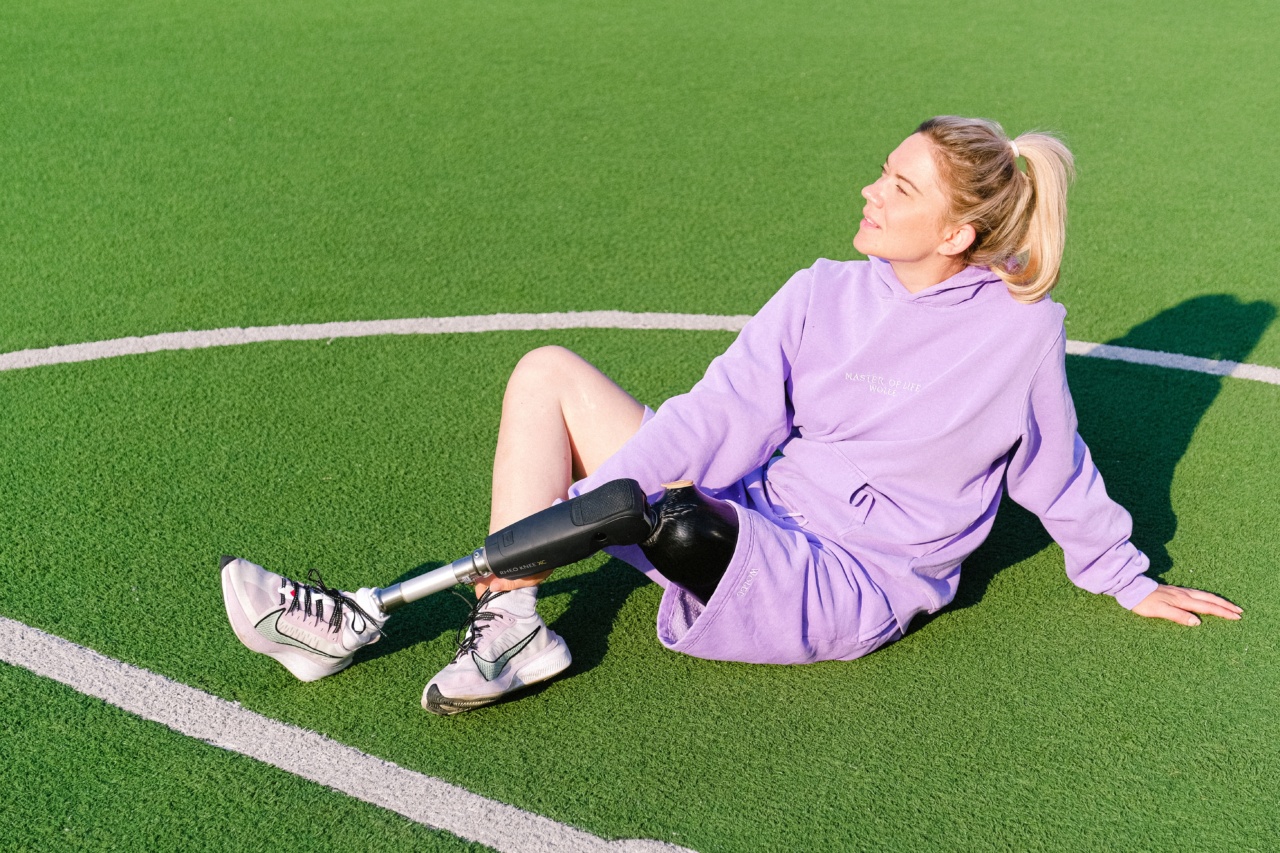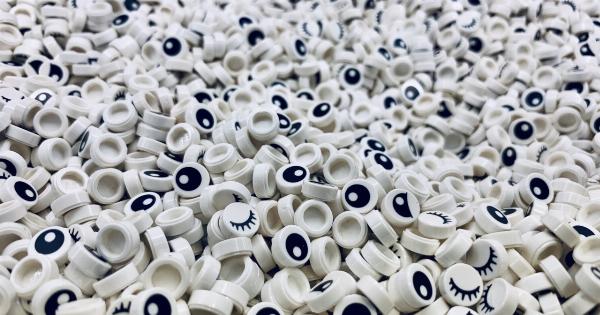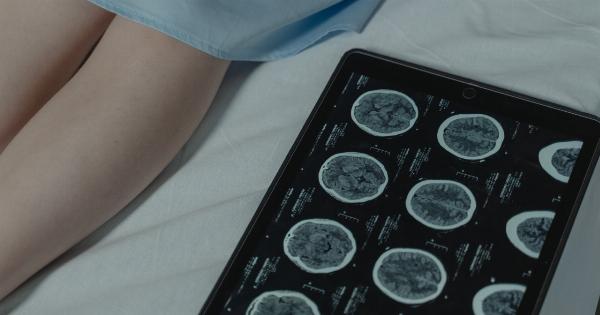Artificial limbs, also known as prosthetics, have been around for centuries, but the technology used to create these limbs has improved significantly over the years.
Today, we have advanced prosthetics that are engineered to mimic the natural movements of the body and provide amputees with a new level of mobility and independence.
Early Days of Artificial Limbs
The history of artificial limbs can be traced back to ancient Egypt, where wooden toes and fingers were found attached to mummies.
However, these early prosthetics were simple, and the focus was on providing a cosmetic solution rather than a functional one.
In the 16th century, a French surgeon named Ambroise Paré developed a hand prosthesis with a complicated system of pulleys and springs.
This invention was a major breakthrough at the time, but it was still a far cry from the advanced prosthetics we have today.
It wasn’t until the mid-1800s that significant progress was made in artificial limbs. During the American Civil War, the high number of amputees led to an increase in demand for prosthetics.
This sparked a wave of innovation, with engineers and doctors working tirelessly to improve the design and function of artificial limbs.
The prosthetics created during this time were mainly made from wood, leather, and metal, and they often lacked the flexibility and sensitivity necessary for natural movement.
However, they were still a significant improvement over previous designs and provided amputees with a new level of independence.
Modern Developments in Prosthetics
Over the years, advancements in technology and materials have revolutionized the field of prosthetics. We now have prosthetic limbs that can mimic the natural movements of the body and even provide sensations like touch and temperature.
One of the biggest breakthroughs in prosthetics has been the development of myoelectric prosthetics. Myoelectric prosthetics use sensors attached to the skin to detect signals from muscles that would normally control the missing limb.
These signals are then used to control the prosthetic limb, allowing the amputee to move it in a natural and intuitive way.
Myoelectric prosthetics are now available for both upper and lower limb amputees, and they’re becoming increasingly popular due to their advanced functionality and ability to provide a near-natural experience.
Another area of advancement in prosthetics is the use of 3D printing technology. 3D printing allows for the creation of highly customized prosthetics that are tailored to the specific needs of the user.
This technology has also made prosthetics more affordable and accessible for people in developing countries who might not have had access to advanced prosthetic technology before.
The development of robotics technology has also had a significant impact on the field of prosthetics. Robotic prosthetics are able to provide amputees with a range of functions and movements that were previously impossible.
Some robotic prosthetics use machine learning algorithms to adapt to the user’s movements and make adjustments in real-time for a more natural experience.
The Importance of Tailoring Prosthetics to the Body and Its Movements
One of the key developments in modern prosthetics is the focus on creating prosthetics that are tailored to the user’s body and movements. This approach recognizes that every amputee is unique and has different needs and capabilities.
By creating prosthetics that are tailored to the individual, we can provide a more natural and functional experience.
Tailoring prosthetics to the body and its movements involves a detailed understanding of the user’s anatomy, physiology, and biomechanics.
Prosthetists work closely with doctors and engineers to create prosthetics that are customized to the user’s needs and preferences.
One example of how prosthetics can be tailored to the individual is the creation of prosthetic feet that mimic the natural movement of the ankle.
Feet naturally absorb shock and adjust to uneven surfaces, but this can be difficult to replicate in a prosthetic. By using sensors and different materials, prosthetics can now be created to mimic the natural movements of the ankle, providing amputees with a more natural and comfortable walking experience.
The Future of Prosthetics
The field of prosthetics is constantly evolving, and there are many exciting developments on the horizon. One area of focus is the development of prosthetics that are controlled using the mind.
Brain-computer interfaces are being developed that allow amputees to control their prosthetic limbs using their thoughts.
Another area of development is the use of artificial intelligence and machine learning to create prosthetics that can learn and adapt to the user’s walking patterns and movements.
This technology has the potential to revolutionize the field of prosthetics and provide amputees with a more natural and intuitive experience.
Overall, the journey to creating artificial limbs tailored to the body and its movements has been a long one, but it has led to incredible advancements in prosthetic technology.
As technology continues to evolve, we can expect to see even more innovative and customized solutions for amputees that provide a newfound level of mobility and independence.



























